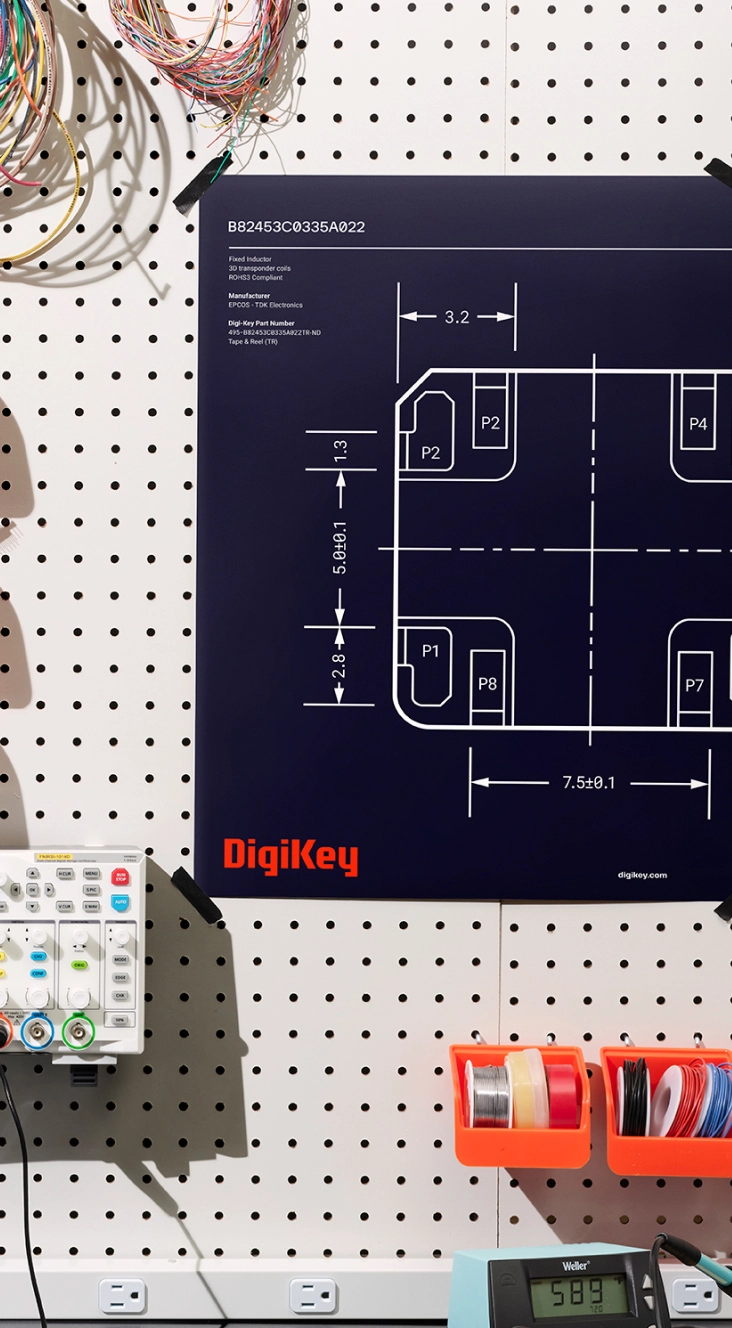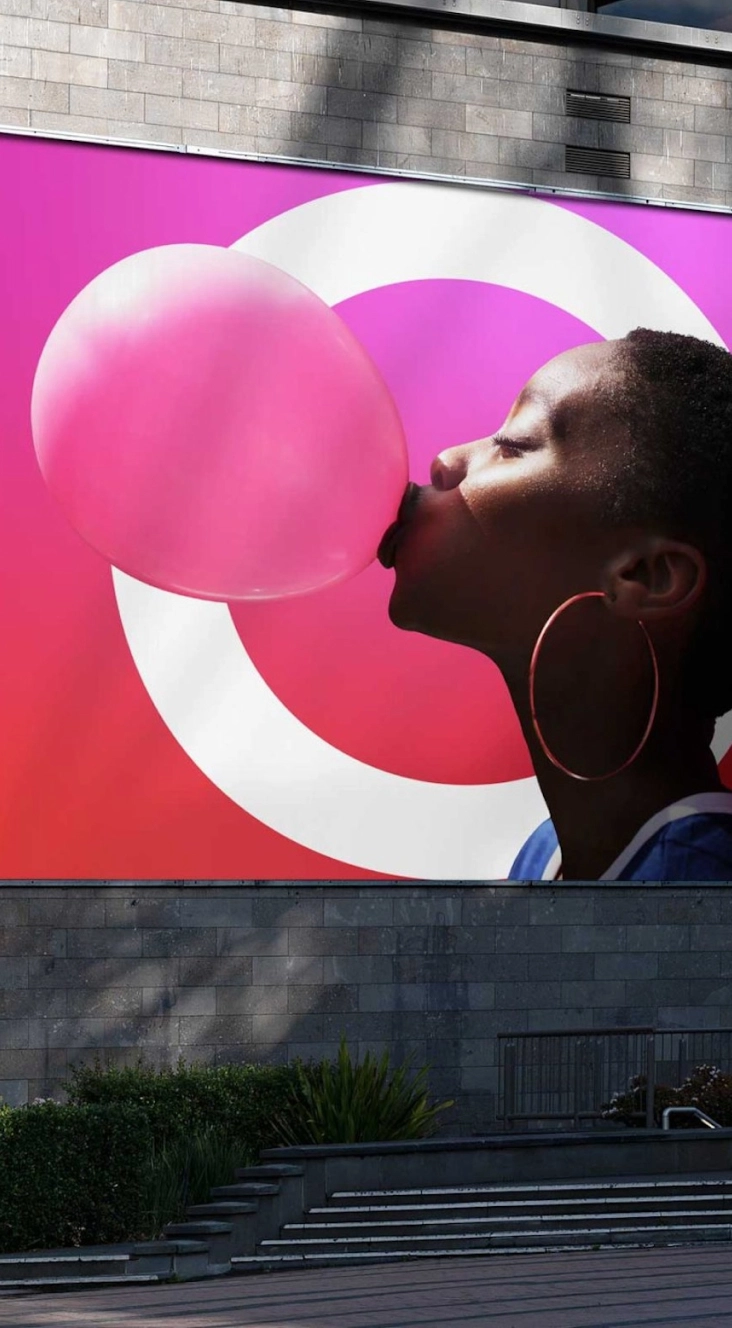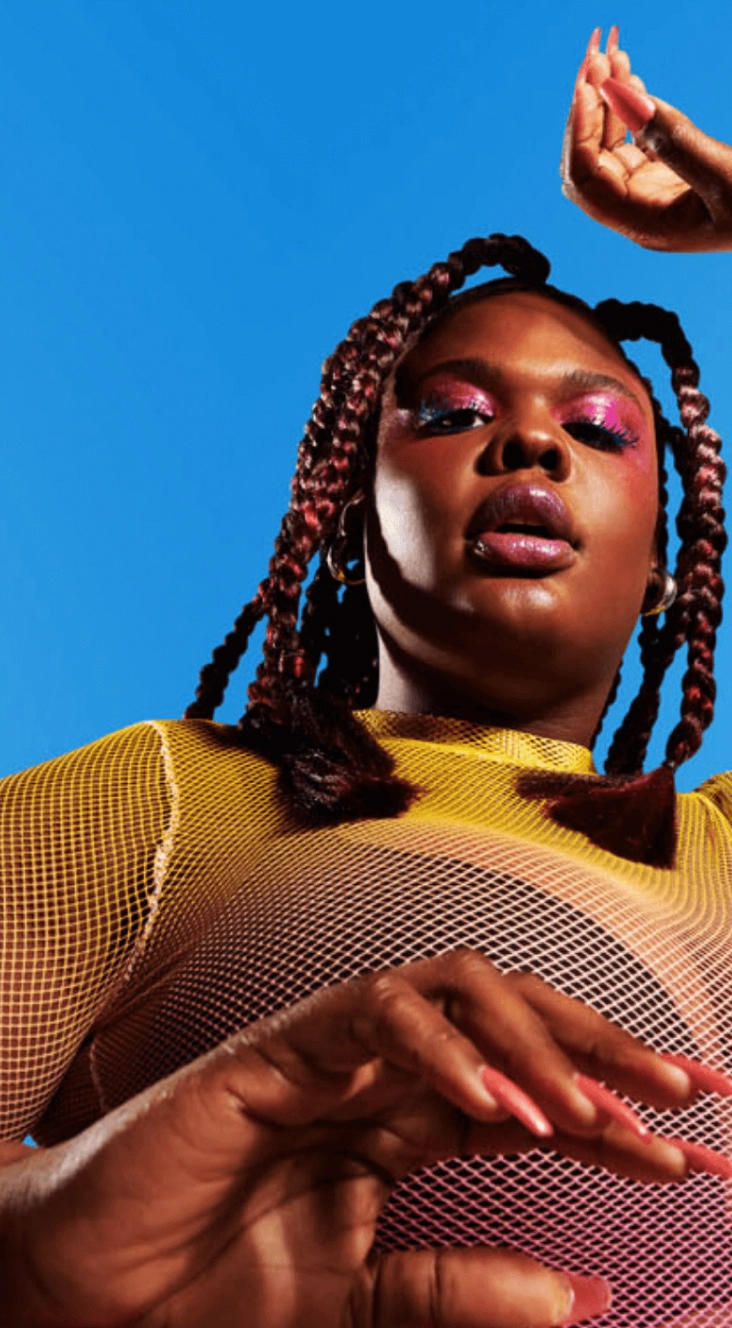2023년 7월 27일
브랜드 시스템을 진화시킬 때가 되었는가?

When done right, refreshing a brand system can have enormous power. Which begs the question, when is the right time to change?
When it comes to updating brand systems, there are a variety of motivating factors from functional, such as adapting to new channels, to strategic, like building a system that supports a social dialog.
What’s more, today’s digital landscape demands an always “on” brand. The infrastructure and assets needed to converse minute to minute are very different than the older models of campaign-to-campaign. And these factors are changing how companies express themselves.
Companies are also being urged to have a louder voice when it comes to social issues, which too, is influencing visual expressions. COVID-19, the social reckoning following the murder of George Floyd, and more public consciousness around the environment has spurred many companies to step off the sidelines and take a more publicly vocal stance in their communications. Diversity, equity, and inclusion and philanthropy are no longer tokenism as companies set specific targets in hiring, equality in pay and investment in the communities they operate.
New technologies, new opportunities
The immediacy of digital channels and social media demand brands be in— and of— the culture. People expect to engage with brands on their time. That requires today’s brand systems to transform from rigid marketing command and control to a much more universally understood set of principles that can be used by anyone, at any level, in any role.
As we lean more and more into building relationships through digital devices, consumers expect seamless experiences and interactions with brands across all devices, whether mobile, watch, thermostat or smart speaker. And as brands expand their reach, companies must think more universally about their brand expression and voice (now, often, a literal voice) throughout the user experience.
Our new design toolkits must allow for comprehensive experiential language, encompassing visual, verbal and emotive cues. That language includes pattern libraries — such as standard interactions, buttons and forms, and taps or swipes — but also includes mnemonic cues like motion, sounds and light.
Ask yourself these questions
In building a new system, companies need to think about both where their equities lie, and how to consistently stay current, if not ahead, of the market. Here are some questions to ask yourself about your visual system:
01 | Is it designed to drive the business strategy?
- Does it express the values of the organization?
- Does it resonate with key audiences?
- Does it support strategic relationships?
02 | Is it expressed through an authentic voice?
- Does the tone of voice feel human and relatable?
- Does messaging flex appropriately based on context?
- Does it enable you to converse in the moment?
03 | Is it built for a digital-first world?
- Is it accessible across media and channels?
- Are there meaningful interaction patterns?
- Are there principles for motion and video?
04 | Can it be embedded throughout the experience?
- Does it enable the brand to perform, not just in promotion, but throughout the user journey?
- Can the system adapt to audience needs, depending on context?
05 | Is it adoptable and usable?
- Is it easy to understand and use?
- Are assets and guidelines easily accessible, ideally from a central online brand center?
- Can teams get inspired to do the most with the system?
If you answered no to any of these questions, it might be time to explore an evolution of your brand expression. While updating your identity can be a big step, it’s crucial for a brand’s success, and more important than ever in today’s competitive landscape.






